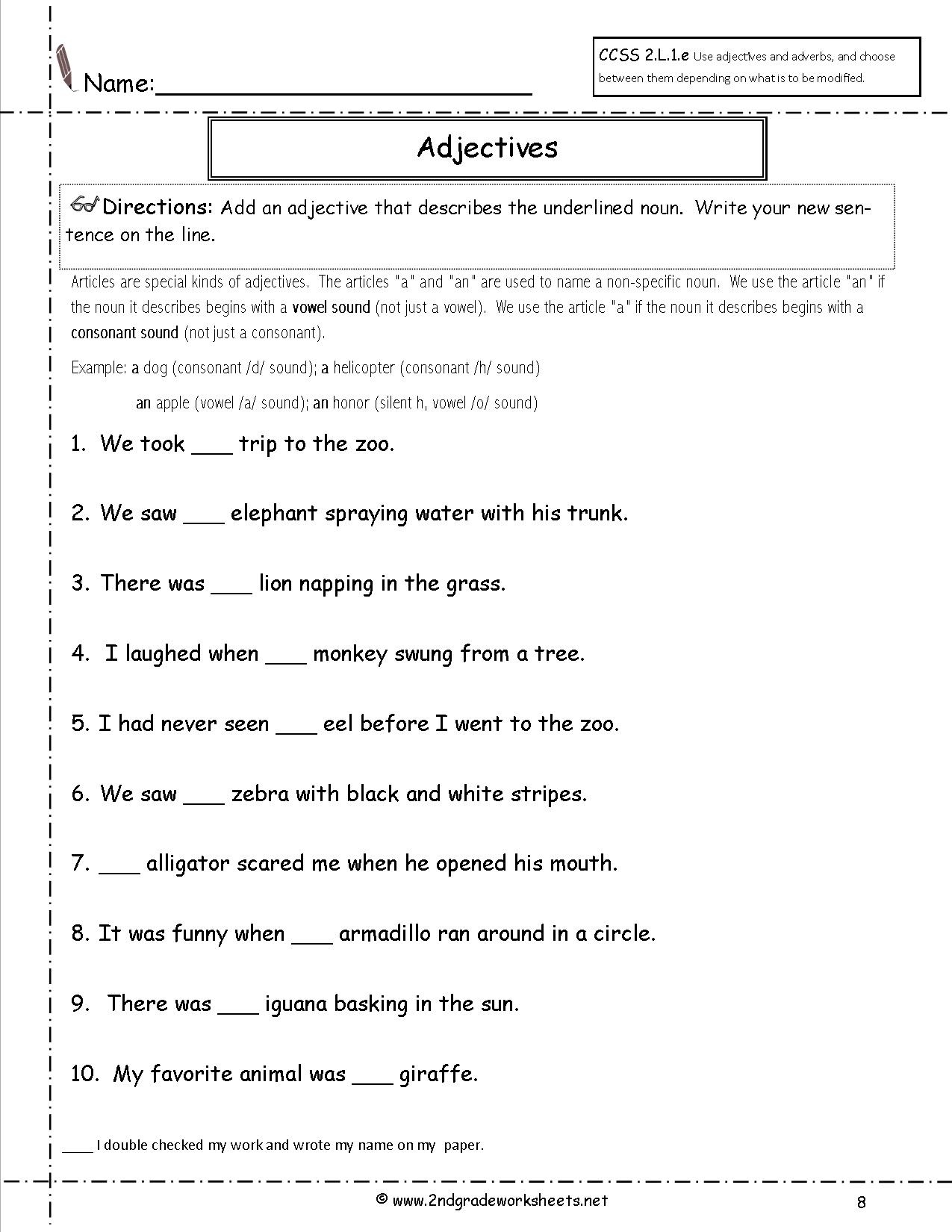

- TYPE TO LEARN FOR SECOND GRADERS HOW TO
- TYPE TO LEARN FOR SECOND GRADERS SERIES
- TYPE TO LEARN FOR SECOND GRADERS DOWNLOAD
has some useful spelling resources available that cover contractions, such as the lesson series below! Spelling PossessivesĪs well as using the apostrophe to spell contractions, children will learn to use the apostrophe to spell possessives. Sam the Spying Giraffe doesn't like broccoli. They learn to spell contractions with is, am, not, and will at this grade level.
TYPE TO LEARN FOR SECOND GRADERS DOWNLOAD
Second graders should also start using dictionaries to check and correct spellings.īefore you get started, you can download the second grade spelling lists below:Ĭhildren broaden their knowledge of contractions in Grade 2. The consonant l-e syllable type will be introduced and children will learn more r-controlled vowels. Second graders are expected to learn to spell a selection of prefixes and add to the suffixes they learned in Grade 1. Or Share them with us on the Scholastic Parents Facebook Page.In Grade 2, the spelling curriculum is all about consolidating phonic knowledge, while learning some exceptions to rules and more alternative spellings for sounds. Have questions about your child’s math? Submit them to Jennifer here so she can consider answering in an upcoming blog. Identify 3-D shapes in the world: cubes, cones, cylinders, spheres, and triangular and rectangular prisms.Ĭount and find the number of sides or faces and angles each shape has.Ĭut (partition) circles and rectangles into equal size pieces and use language such as halves, thirds, half of, a third of, etc.įeatured Photo Credit: Ableimages/Thinkstock Identify 2-D shapes in the world: triangles, quadrilaterals, pentagons, hexagons, and octagons.

Children also beginning to partition shapes into equal pieces and use appropriate language. They examine the attributes of these shapes and are looking at the number of sides, angles, faces, etc. Geometry. In 1st and 2nd grade, children extend their previous understanding from kindergarten with 2-D and 3-D shapes. and p.m.įind graphs in newspapers, magazines, online and compare them.Ĥ. Read different looking clocks and use appropriate language describing the time using a.m.
TYPE TO LEARN FOR SECOND GRADERS HOW TO
Children are also figuring out how to tell time using both analog and digital clocks, as well as describing and creating different graphs.Įstimate how long they think different objects are around the house and use rulers or tape measures to determine the actual size. They are beginning to count and use money to solve problems. Measurement & Data. 1st and 2nd graders are beginning to understand measurement by estimating and measuring using rulers to the nearest inch, foot, yard, etc. For example: How much is the digit 7 worth in the number 379? 70 because the 7 is in the tens place.Ĭompare numbers using symbols: > (greater than), 14. Practice understating place value by deciding what the value of a digit is in a specific number. Read numbers out loud and record numbers you say verbally. They are also building their mental math skills by solving problems mentally. They are writing numbers up to 1,000 and comparing numbers. Your child is learning about each place - ones, tens, and hundreds - by drawing pictures, counting in groups, and using base ten blocks. Number Sense. Your 1st and 2nd grader is also beginning to understand the concept of place value. Practice their addition and subtraction facts by playing games with numbers, dice, online, etc.ĭecide if numbers they see in the real world are even or odd.Ģ. Subtraction: Five apples were on the table. How many bunnies were on the grass before? + 3 = 5 Children also begin to solve problems with more than two numbers and determine if a number is even or odd.Ĭreate and draw stories about adding and subtracting. For example:Īddition: Some bunnies were sitting on the grass. Three more bunnies hopped over to sit with them. They begin to memorize their addition and subtraction facts up to 20, as well as solve word problems using objects, drawings, and equations. Addition & Subtraction. 1st and 2nd graders extend their previous understanding from kindergarten with adding and subtracting. Below are some of the major concepts taught in first and second grade math, as well as tips on how you can support your child(ren) at home.ġ. So many fun and important ideas are being introduced in first and second grade! I love when I get to work with this age group because they get excited trying new things and are open to new ways of learning.


 0 kommentar(er)
0 kommentar(er)
